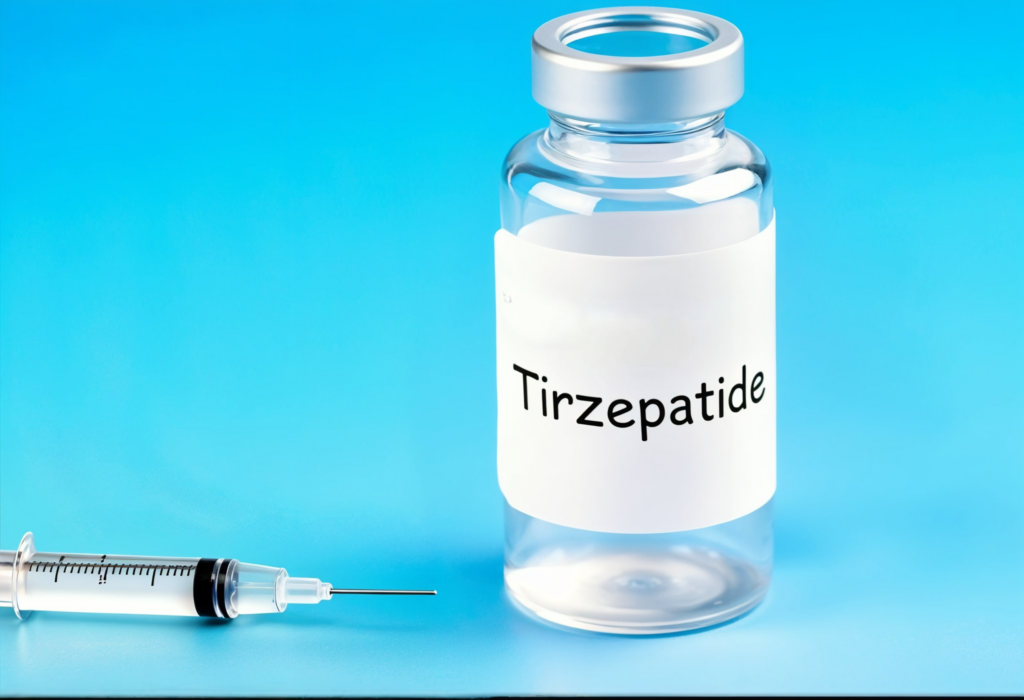How to Manage Menopause Weight Gain: What You Need To Do

Menopause is a natural life transition, but let’s face it—how to manage menopause weight gain is one of the most common (and frustrating) challenges women face during this time. You’re not alone if you’ve noticed the number on the scale creeping up, especially around your stomach, even though your eating habits haven’t changed. The good […]
Weekly Workout Plan for Weight Loss along with Compounded Semaglutide

Weekly Workout Plan for Weight Loss along with Compounded Semaglutide Struggling to shed those extra pounds? You are not alone-and you are not out of options. These days, weight loss for men is no longer just hitting the gym three times a week. It needs a structured fitness routine to go with scientifically backed solutions […]
Compounded Semaglutide: A Breakthrough in Men’s Weight Loss

Compounded Semaglutide: A Breakthrough in Men’s Weight Loss Psychologically and physically, weight loss for almost all men is invariably an uphill battle due to work pressure, family needs, and personal health. For most of these men, it’s a whole lot of failed diets, intermittent gym sessions, and next-to-no results. This situation is especially true for […]
Attaining Healthy Weight with Compounded Tirzepatide

Attaining Healthy Weight with Compounded Tirzepatide When he reached the age of 41, Michael, by virtue of his positioning as a marketing executive, began to observe the gradual buildup of weight towards the 230-pound mark. He went through every trend in the book of regimens: juice cleanses, fad diets, and even hiring a personal trainer. […]
Why Compounded Semaglutide Succeeds Where Others Fail?

Why Compounded Semaglutide Succeeds Where Others Fail? In fact, discussions about weight loss and metabolic health have taken a completely new turn lately, thanks to Compounded Semaglutide-a pioneering treatment. Initially meant for diabetes Type 2, medicines containing the drug gained fame for what seemed to be the most powerful long-term help for weight loss. Unlike […]
How Does Obesity Impact Hormones and Weight Gain?

How Does Obesity Impact Hormones and Weight Gain? The increasing trend of obesity across the globe has serious health implications, not only affecting physical health but also hormonal equilibrium. As reported by the National Institutes of Health, more than two-thirds of American adults are overweight or obese, with obesity associated with extreme health issues like […]
Benefits of BHRT for Weight Management

Benefits of BHRT for Weight Management Obesity is a rising global health emergency that affects millions worldwide. Not only does it predispose an individual to developing chronic diseases like diabetes, heart disease, and stroke, but also it throws the hormonal balance out of control. Most people who face weight gain tend to ignore how hormones […]
Traveling with Compounded Tirzepatide: 5 Storage Tips

Traveling with Compounded Tirzepatide: 5 Storage Tips Tirzepatide is a fresh injectable weight-loss therapy that has had unbelievable results for most individuals. It is injected in pre-filled pens on a once-weekly basis, and it requires careful handling and storage in order to function. One of the most common concerns among the users is if compounded […]
Compounded Semaglutide Near Me: 10 Proven Tips for Success

Compounded Semaglutide Near Me: 10 Proven Tips for Success Semaglutide has emerged as a breakthrough in diabetes management and weight loss, offering significant benefits for individuals seeking better health. Whether you’re using it to regulate blood sugar levels or to support weight loss efforts, understanding how to optimize its effects is essential. If you’ve been […]
6 Science-Backed Ways Compounded Tirzepatide Works for You

6 Science-Backed Ways Compounded Tirzepatide Works for You Compounded Tirzepatide is revolutionizing the management of Type 2 diabetes and weight loss through its unique dual-action mechanism. This once-weekly injectable medication functions by mimicking two essential gut hormones that regulate blood sugar levels, digestion, and appetite. As a dual glucose-dependent insulinotropic polypeptide (GIP) and glucagon-like peptide-1 […]
